
How to Tell the Difference Between Male & Female Lizards. The difference between male and female pet lizards varies between species, and it is often impossible to determine the sex of some reptiles until they reach sub-adult stage. Adult lizards can also have ambiguous male or female markings, so if you are unsure about the sex of your lizard, see your veterinarian or go back to your reptile shop and ask an expert for advice. It is acceptable to keep bearded dragons, leopard geckos and collared lizards with any number of females, but multiple males will fight, causing serious injury or even death. Never mix different species of lizards in the same vivarium.
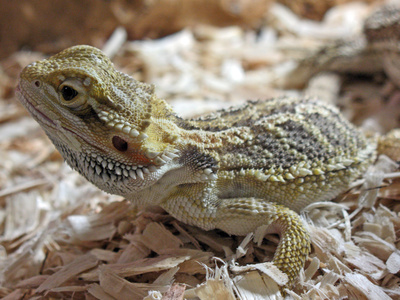
Observe your bearded dragon for male or female indicators as it progresses from a hatchling to sub-adulthood. Pay particular attention to behavior and body shape once it reaches maturity.

Monitor a fully grown bearded dragon for waving or head bobbing behavior. An adult female waves one forearm to signal a mate and a mature male bobs his head up and down in return when he sees a female. Male and female babies display the same arm waving behavior, so do not assume you have a lady dragon simply because it waves. Baby beardies under three months old are impossible to sex accurately, and so it is not wise to buy two hatchlings with the intention of housing them together in the long term if you can not determine their gender.
Check around your bearded dragon's vent for bulges. A male has a bulge on each side near the vent, plus a distinctive line of enlarged femoral pores, or tiny bumps, along the under side of his legs. Females may have a single bulge above the vent, an indentation or nothing at all. Be aware that a juvenile male might display a single bulge until it reaches eight inches in length.
Look at your bearded dragon's body shape. A male is larger with a thick base to his tail, broad head and muscular legs. A female is smaller in overall size with a thinner tail and legs. Her body is wider and rounder than a male's, and her head is narrower. This is not the most accurate way to specify gender on its own, but in conjunction with other methods it can be helpful.
Wait until your leopard gecko is at least six months old to confirm its gender. Juvenile males look identical to females of the same age.

Check your leopard gecko's vent area on the underbelly where its legs join its body. If your gecko has a bulge at the base of its tail near to a line of black dots (femoral pores) in a "V" formation, it is most likely male. Females are completely white underneath and do not display a bump or femoral pores.
Look online for photographs from breeders to see examples of male and female geckos if you are not sure about the gender of your leopard gecko.
Look at the markings around your collared lizard's neck. A male has two thick black bands around its neck forming a double collar, and a female has one complete band plus a partial or broken band below.

Check the skin tone and color. A female does not display bright colors outside the breeding season, and remains a muted gray-brown with white spots and a white underbelly. During the breeding season of May to July, red spots appear along the sides of an adult female when she is ready to mate, but her color fades once she is gravid and lays eggs. A male has distinctive vivid stripes of green or orange on his back with splashes of blue or black under his neck, arms and legs.
Look at the general body shape and muscle tone. A female has healthy fat reserves and displays a round body with thick limbs. A male collared lizard is muscular and thin with hardly any fat deposits on his limbs.
Hold your pet carefully but firmly and look at the vent area. A line of femoral pores, or small black dots running along the underside of each back leg away from the vent, and splashes of black coloring in the same area signify a male lizard. A female does not have these markings.
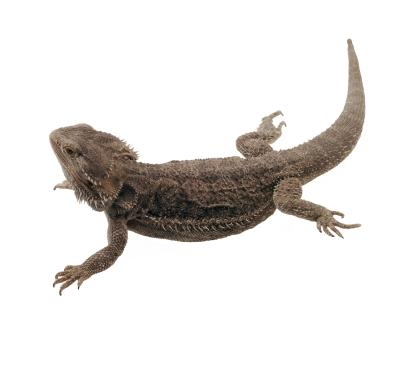 How to Tell the Sex of Your Lizard
How to Tell the Sex of Your Lizard
How
How to Tell the Sex of Your Lizard
How to Tell the Sex of Your Lizard
How
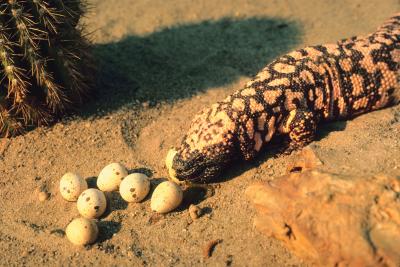 How to Figure Out What Species My Lizard Is?
How to Figure Out What Species My Lizard Is?
How to Figure Out What Species My Lizard Is?
How to Figure Out What Species My Lizard Is?
 How to Feed Chameleons
How to Feed Chameleons
How to Feed Cha
How to Feed Chameleons
How to Feed Chameleons
How to Feed Cha
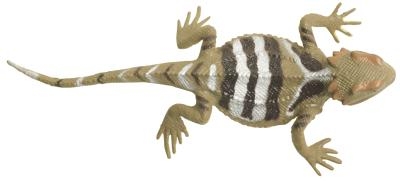 How to Tell the Gender of a Lizard
How to Tell the Gender of a Lizard
How
How to Tell the Gender of a Lizard
How to Tell the Gender of a Lizard
How
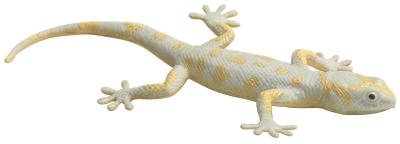 How to Raise a Wild Lizard
How to Raise a Wild Lizard
How to Rais
How to Raise a Wild Lizard
How to Raise a Wild Lizard
How to Rais
Copyright © 2005-2016 Pet Information All Rights Reserved
Contact us: www162date@outlook.com